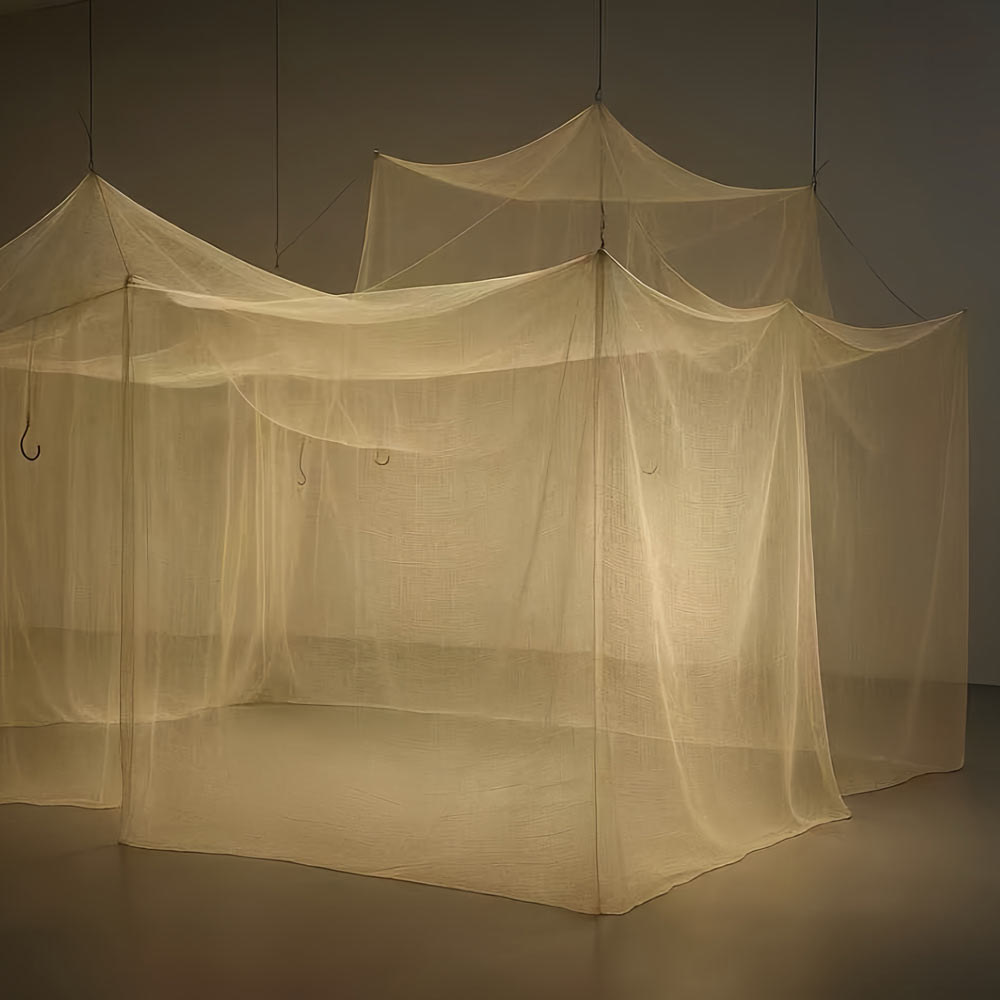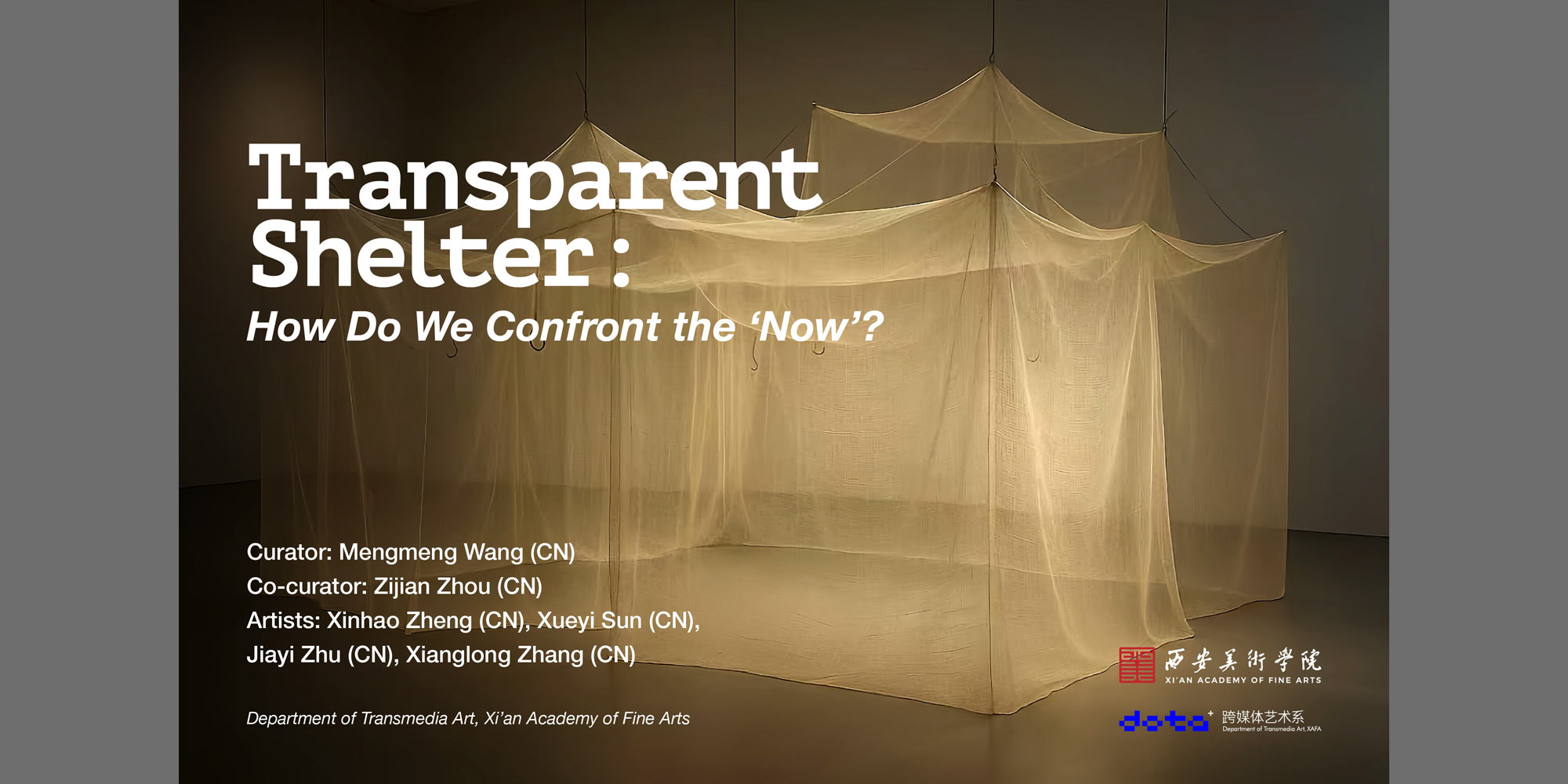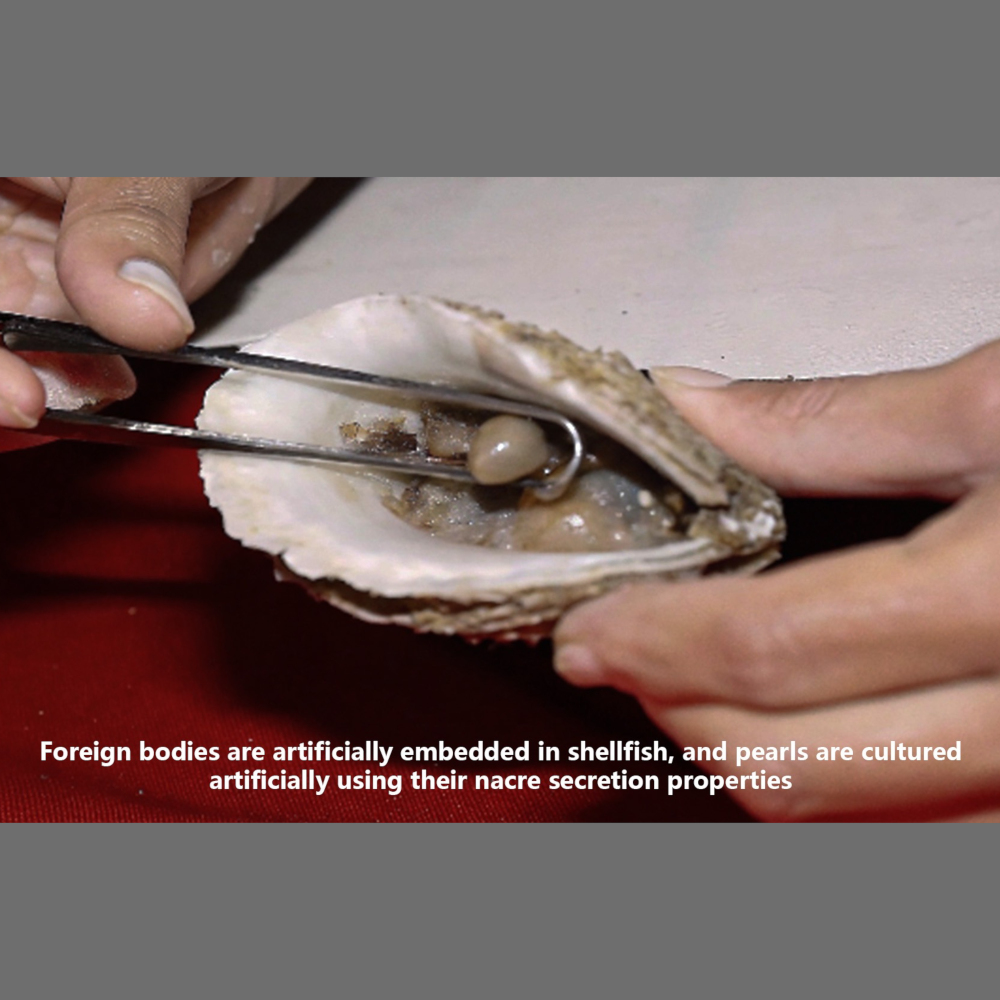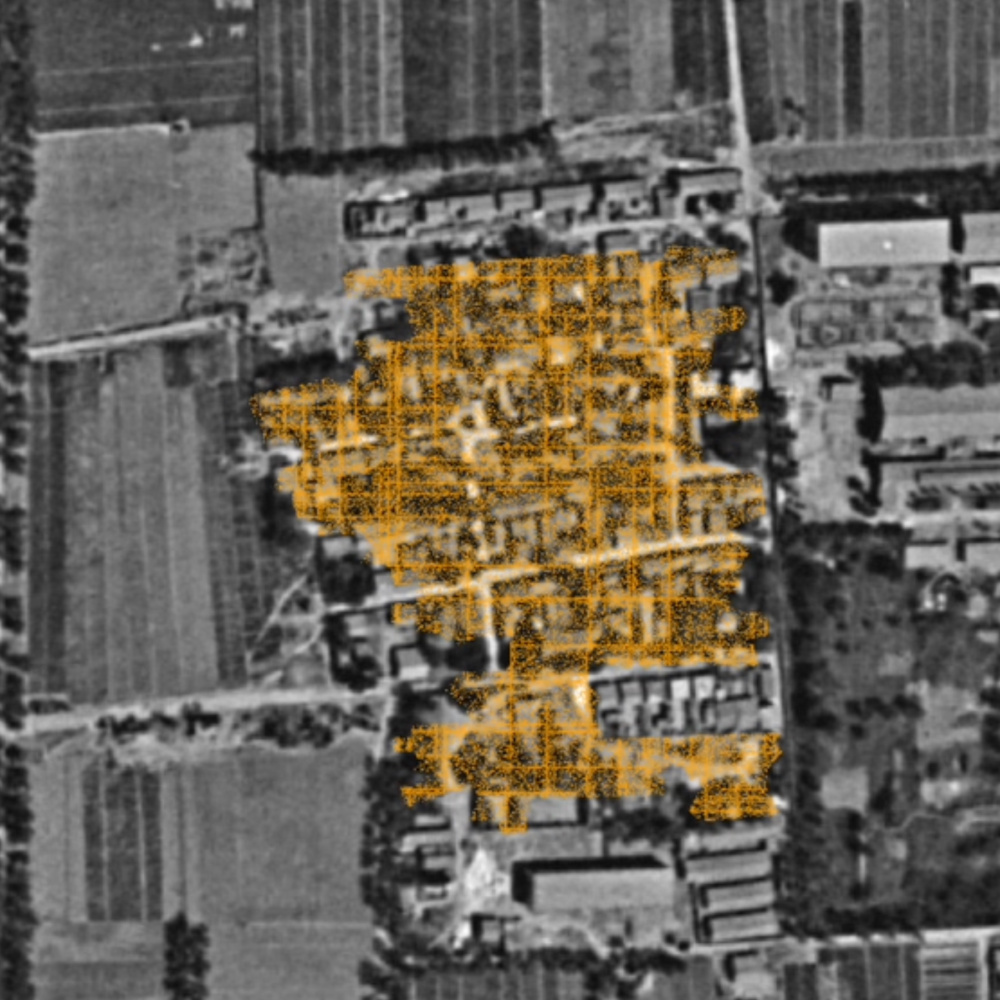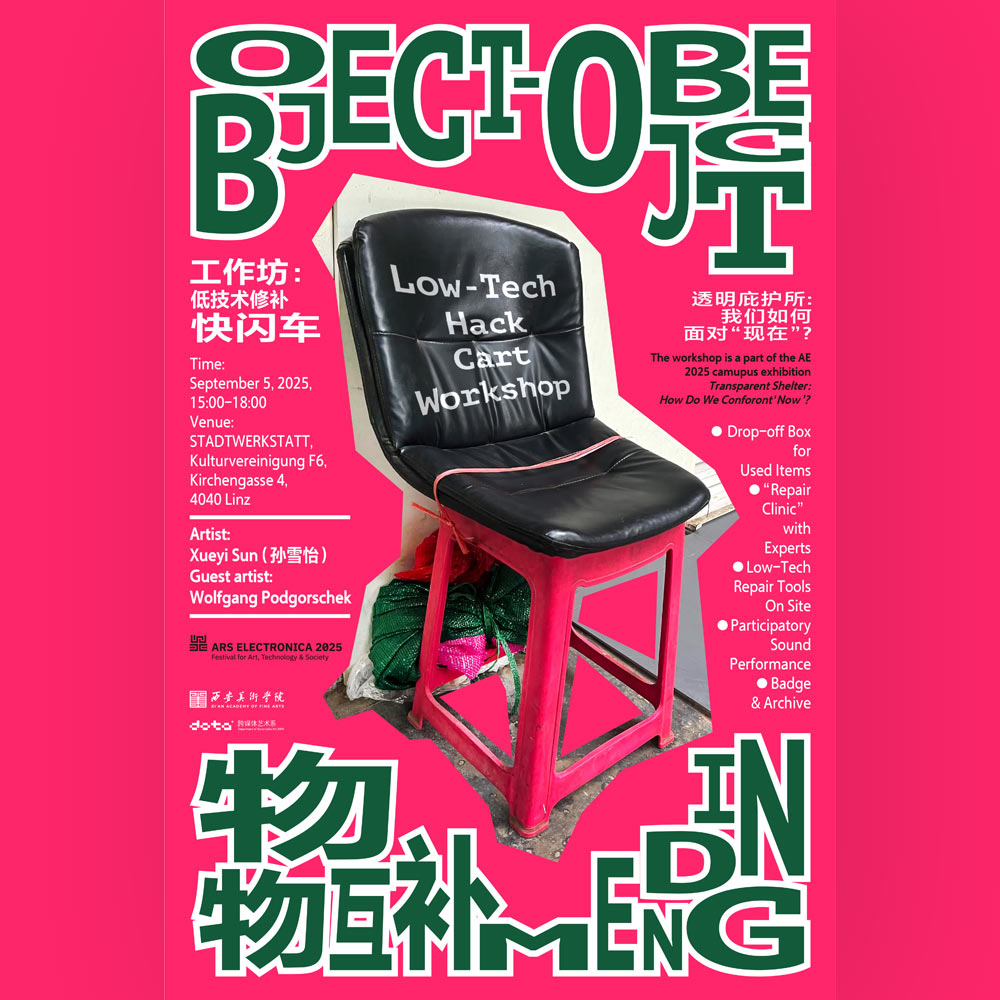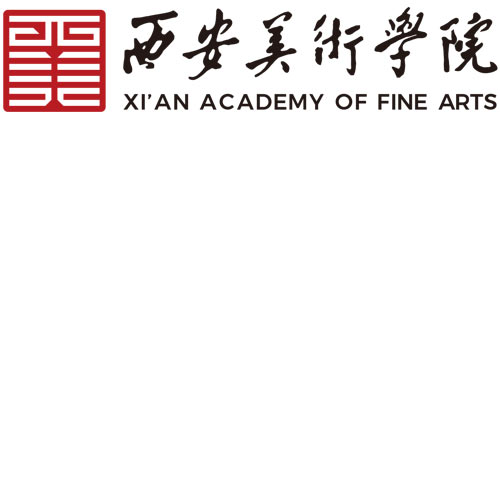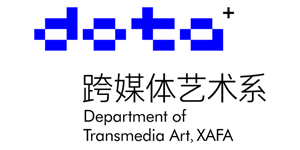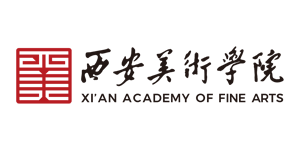Today’s world is shaped by four converging pressures: war-driven geopolitical tensions, shrinking livable space due to climate disasters, intensified control via accelerated technologies, and social fragmentation eroding trust. In this context, “shelter” is no longer a fixed structure but a dynamic, negotiable state.
Transparent Shelter sees China’s urban villages (Cheng Zhong Cun—informal settlements within cities) not as subjects but as methods—flexible, nonlinear, multispecies spaces in the urban gaps that challenge binary narratives of the future. Instead of succumbing to panic, we reframe it within specific geopolitical terrains, confronting root causes and recovering local, non-technological stories from the margins. As Achille Mbembe pointed out, the question is not how far technology can go, but whether we can still imagine different world-times. Urban villages offer the seed of such imagination.
The exhibition unfolds through four paths: simulated maps and data visuals reveal how boundaries are imposed and contested; image-object works on repair culture revisit the circular life of things; a sound piece inspired by Shing Sha (feng shui) explores invisible energy systems; and microbial-plastic experiments suggest tangible eco-technical symbiosis. Audiences are invited to walk, listen, and experience “transparency” not as visibility, but as renewed trust through shared vulnerability.
